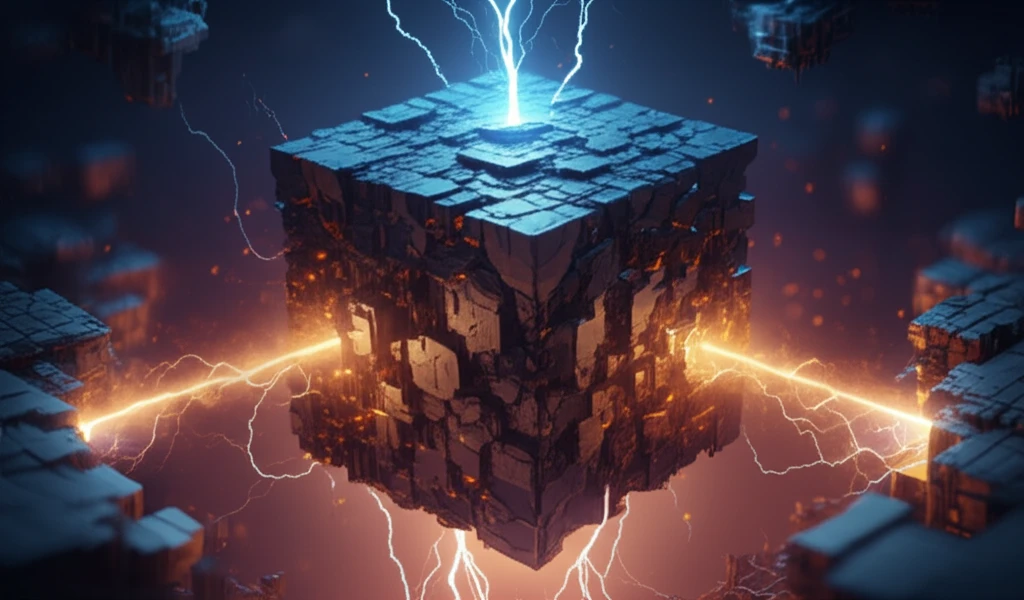
Tungsten Under Fire: Unveiling Plasma's Impact on Microstructure
"Scientists explore how high-flux plasma alters tungsten's surface, crucial for fusion reactor tech."
Tungsten stands as a leading candidate for the divertor material in the International Thermonuclear Experimental Reactor (ITER) and as a protective coating for the first wall in future DEMO reactors. In these extreme environments, the mechanical and microstructural integrity of tungsten's surface layer is critical. This is because the intense heat from high-flux plasma can induce thermomechanical stresses, leading to plastic deformation, crack formation, and ultimately, material failure.
Understanding how high-flux plasma affects tungsten's surface is not just about preventing cracks. It also impacts the material's ability to retain toxic plasma components like tritium. This is a key consideration for the safe and sustainable operation of fusion reactors, which promise a cleaner and virtually limitless energy source.
Recent research has focused on how high-flux plasma alters the microstructure of tungsten. Scientists are particularly interested in how the initial state of the tungsten material, whether it's annealed or heavily deformed, influences its response to plasma exposure. By examining these changes at the microscopic level, researchers hope to predict and mitigate potential issues in fusion reactor designs.
How Does Plasma Change Tungsten's Structure?

To investigate these effects, researchers from Belgium, Russia, and the Netherlands conducted experiments using transmission electron microscopy (TEM). They analyzed tungsten samples that were either in an annealed (unstrained) state or heavily deformed by tensile strain. These samples were then exposed to high-flux deuterium plasma, mimicking the conditions found in fusion reactors.
- Increased Dislocation Density: Plasma exposure significantly increased the dislocation density in the surface layers of both annealed and deformed tungsten. This indicates that the plasma induces further plastic deformation, regardless of the material's initial state.
- Localized Deformation: The plastic deformation was found to be highly localized near the surface, with the microstructure returning to its original state at a depth of 10-15 micrometers.
- Dislocation Loops: The researchers observed the formation of dislocation loops, which are small, closed loops of dislocations, within the subsurface layers. These loops can impede dislocation movement and further influence the material's mechanical properties.
What Does This Mean for the Future of Fusion Energy?
This research highlights the importance of understanding how plasma interacts with tungsten in fusion reactors. By carefully controlling the material's initial state and the plasma exposure conditions, it may be possible to mitigate the detrimental effects of plasma-induced deformation and extend the lifespan of critical reactor components. Further research is needed to fully understand the long-term effects of plasma exposure and to develop strategies for optimizing the performance and reliability of tungsten-based materials in fusion environments. These findings pave the way for safer, more efficient, and sustainable fusion energy production, bringing us closer to a future powered by clean, limitless energy.
